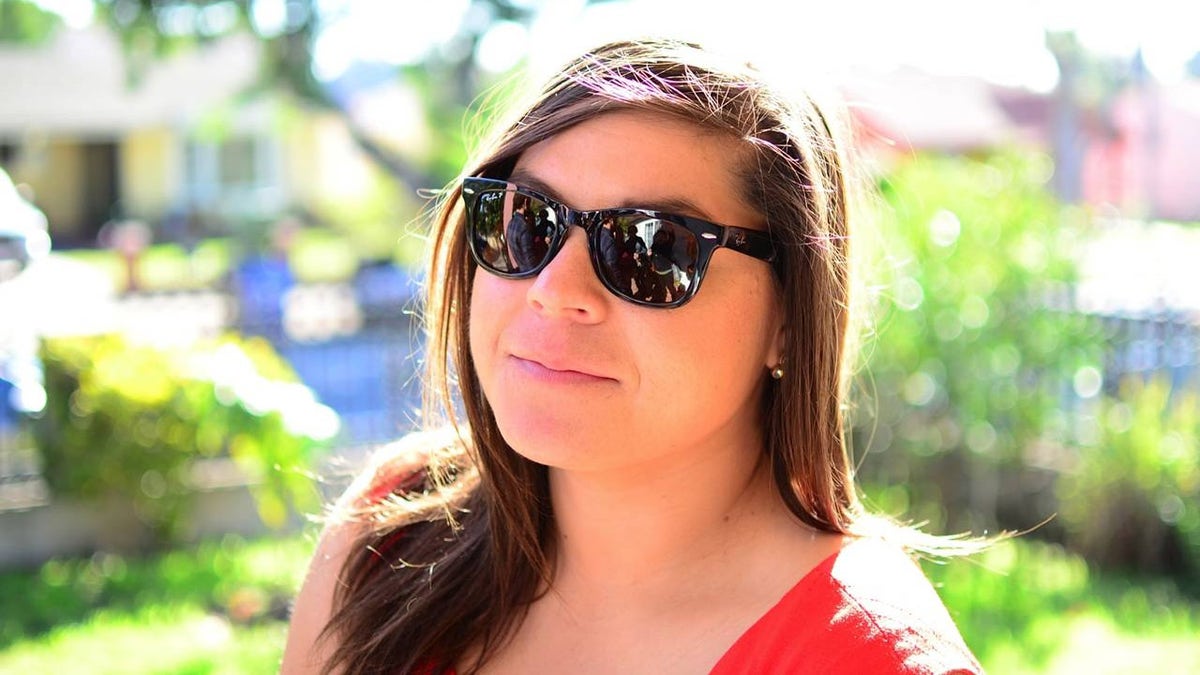
When Sarah Diaz was a freshman at the Environmental Charter High School in Lawndale, Calif., she didn’t know much about conservation or social justice. But she soon had her family recycling, planting native plants and installing low-flow shower heads. She also learned about César Chávez, founder of the National Farmworkers Association, and the rights of migrant workers.
“They made us aware of things that were happening in our own community, which was a really great strategy,” she said. “It made me very passionate.”
Like 90 percent of the students at the school, located in a low-income neighborhood south of Los Angeles, Diaz went on to college. Today she is a Spanish teacher at the school.
“I couldn’t see myself teaching anywhere else,” she said. “Throughout high school, we were taught the importance of coming back to the community. They told us, ‘With all the education you obtain, you have to come back. These are the people who need your help the most.’”
The school, which has a study body that is 70 percent Latino, recently celebrated its 12th anniversary. ECHS officials have now opened a middle school, with plans for another next year, and boast that 30 schools across California have adopted their curriculum and approach to learning.
ECHS is ranked in the top 3 percent of public highs schools by U.S. News & World Report and two years ago, narrowly missed having President Obama speak at their graduation ceremony; US Secretary of Labor Hilda Solis came instead.
Alison Suffet Diaz, the school’s founder and executive director, is a former lawyer who became inspired to go into teaching after she got involved in a law program that taught high school kids about their constitutional rights.
“I recognized through that process that getting kids engaged in problem solving and implementing solutions was the most meaningful part of the educational process,” she said. “It made them feel powerful and gave them motivation to succeed.”
Suffet Diaz left the law to become a teacher. She taught social science at Leuzinger High School also in Lawndale for eight years and created a “school within a school”– a California Partnership Academy called Environmental Careers Academy. In 1999, she began the blueprint for ECS.
Today, she said, the school is a living textbook with many examples of best practices in environmental education from the buildings’ sustainable designs to the living stream that runs across campus.
Diaz, now a teacher, was one of the first students to attend the school. She said the regular high school in her neighborhood had a bad reputation for academics and she and a friend were looking for an alternative when they heard about ECHS’s plans to open.
“At first, I was a little unsure,” she said. “It was so different from any kind of high school I’d ever known or heard about. It was really small and it didn’t even have its own campus. We rented out space from a church. It was an experiment for everybody involved, students and staff.”
The school took her on field trips to local beaches, aquariums and other places to learn about the natural world. She also began learning her parents’ native language, Spanish, and she said it was an empowering experience for her whole family.
“It was the one subject where I could ask my parents for help on my homework,” she said. “In all of my experiences in education, they couldn’t help me because of the language barrier. For first time, I saw my parents as legitimate carriers of knowledge.”
She said that experience made her see immigrants as powerful people.
“That changed me and it allowed me to see Latinos and my community as smart people who were educated but not given the chance,” she said.
That experience convinced Diaz to major in Spanish education at school and to bring her knowledge back to ECHS.
“I love being able to talk to my community about our culture and ECHS helped give me that,” she said.
